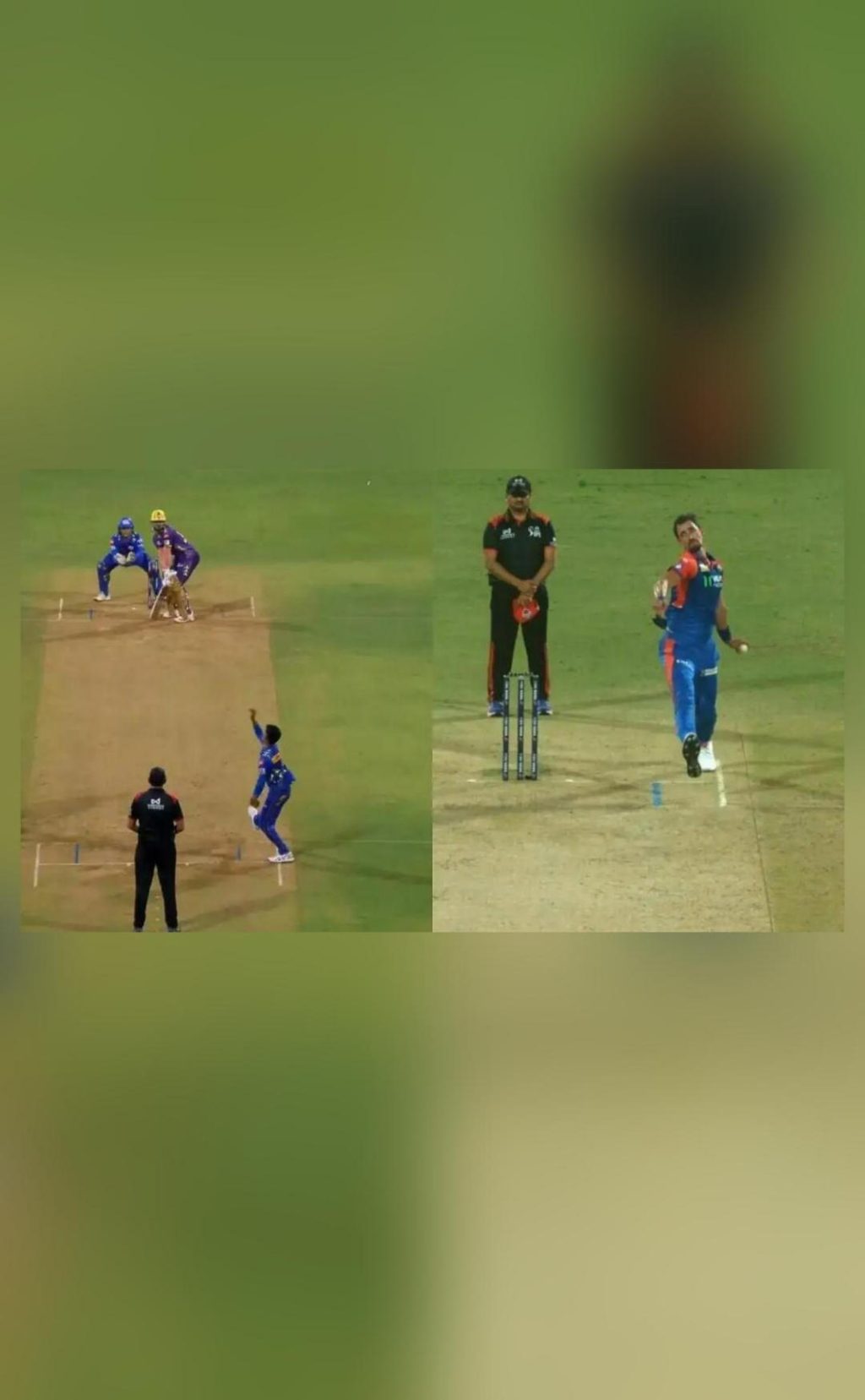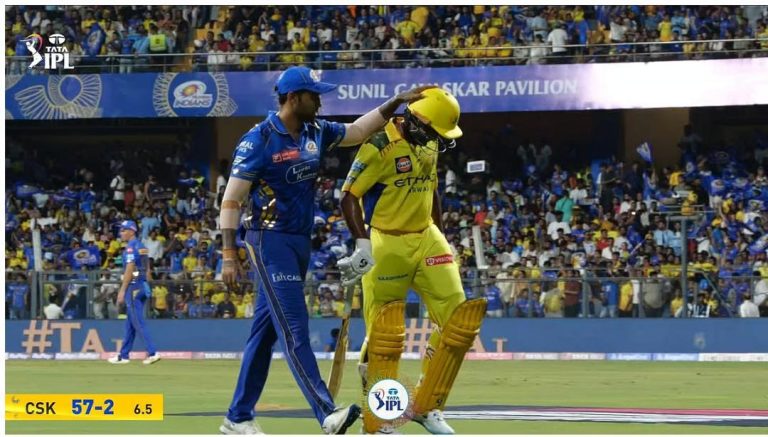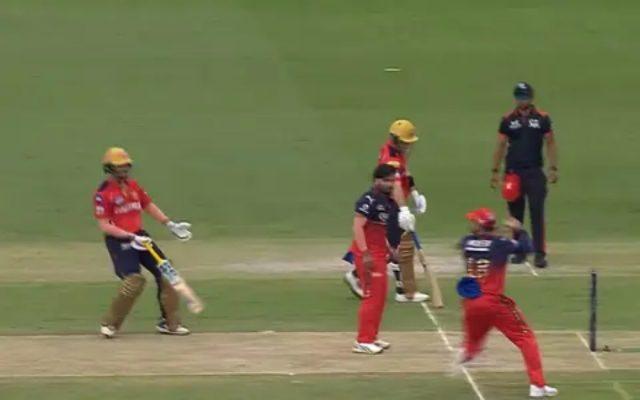
Why was MI’s Puthur not punished for bowling Starc-like back-foot no-ball?
The world of cricket is filled with nuances and intricacies, and the art of bowling is no exception. In recent times, the issue of no-balls has been a topic of great debate, especially when it comes to bowlers who have their back foot crossing the return crease before delivering the ball. This has led to some heated discussions, with fans and experts alike questioning the consistency of the umpires in such situations.
The latest example of this was during a recent match between Delhi Capitals (DC) and Rajasthan Royals (RR), where DC pacer Mitchell Starc bowled a back-foot no-ball, with his back foot crossing the return crease before he released the ball. This led to widespread criticism on social media, with many fans expressing their frustration at the umpire’s decision to award the no-ball.
However, what caught many off guard was that Mumbai Indians (MI) spinner Vignesh Puthur had also bowled deliveries with his back foot crossing the return crease, but unlike Starc, his deliveries were deemed legal. This has led to many questions being raised about the inconsistency in the umpires’ decisions and whether Puthur should have been punished for bowling no-balls.
What is a back-foot no-ball?
Before we dive into the controversy surrounding Puthur and Starc, it’s essential to understand what a back-foot no-ball is. In cricket, a no-ball is called when the bowler’s back foot crosses the return crease before the ball is released. This is considered an unfair delivery, as it gives the batsman an unfair advantage.
In the case of Starc, his back foot crossed the return crease before he released the ball, which led to the umpire awarding a no-ball. However, in the case of Puthur, his back foot did not cross the return crease before he released the ball, which meant that the delivery was deemed legal.
Why was Puthur’s delivery deemed legal?
So, what sets Puthur’s delivery apart from Starc’s? The key difference is that Puthur’s back foot landed inside the return crease before he released the ball, whereas Starc’s back foot crossed the return crease. This means that Puthur’s delivery was considered to be within the rules of the game, whereas Starc’s delivery was not.
The reason for this is that the rules of cricket state that a bowler’s back foot must not cross the return crease before the ball is released. If the back foot does cross the crease, it is considered a no-ball, regardless of whether the front foot is still inside the crease or not.
Is the umpire’s decision consistent?
The question that many fans are asking is whether the umpire’s decision in Puthur’s case is consistent with the decision in Starc’s case. The answer is no. While both bowlers had their back foot crossing the return crease, only one was punished for it.
This has led to many fans expressing their frustration and questioning the consistency of the umpires. If Puthur’s delivery was deemed legal, then why was Starc’s delivery penalized? The answer lies in the fact that Puthur’s back foot landed inside the return crease, whereas Starc’s back foot crossed the crease.
Conclusion
The controversy surrounding Puthur and Starc highlights the importance of consistency in umpiring decisions. While the rules of cricket are clear, the application of those rules can sometimes be open to interpretation. In this case, the umpire’s decision to award a no-ball to Starc and deem Puthur’s delivery legal is understandable, given the facts of the situation.
However, this does not excuse the inconsistency in the umpires’ decisions. The game of cricket is all about fairness and sportsmanship, and the umpires have a crucial role to play in ensuring that the game is played fairly.
As fans, we must accept that the umpires’ decisions are not always going to be perfect, and sometimes we will disagree with their calls. But by highlighting these inconsistencies and questioning the umpires’ decisions, we can help to improve the game and ensure that it remains fair and enjoyable for all.
Source:






